Snake plants (Sansevieria trifasciata), also known as Mother-in-Law’s Tongue, are among the most resilient and popular indoor plants worldwide. With their upright, sword-like leaves, low maintenance requirements, and air-purifying capabilities, they have become a staple in homes, offices, and public spaces. Despite their reputation for being hardy, improper watering remains one of the most common causes of snake plant decline. Knowing how to tell when your snake plant needs water is essential for maintaining healthy growth, vibrant foliage, and longevity.
Introduction to Snake Plant Care
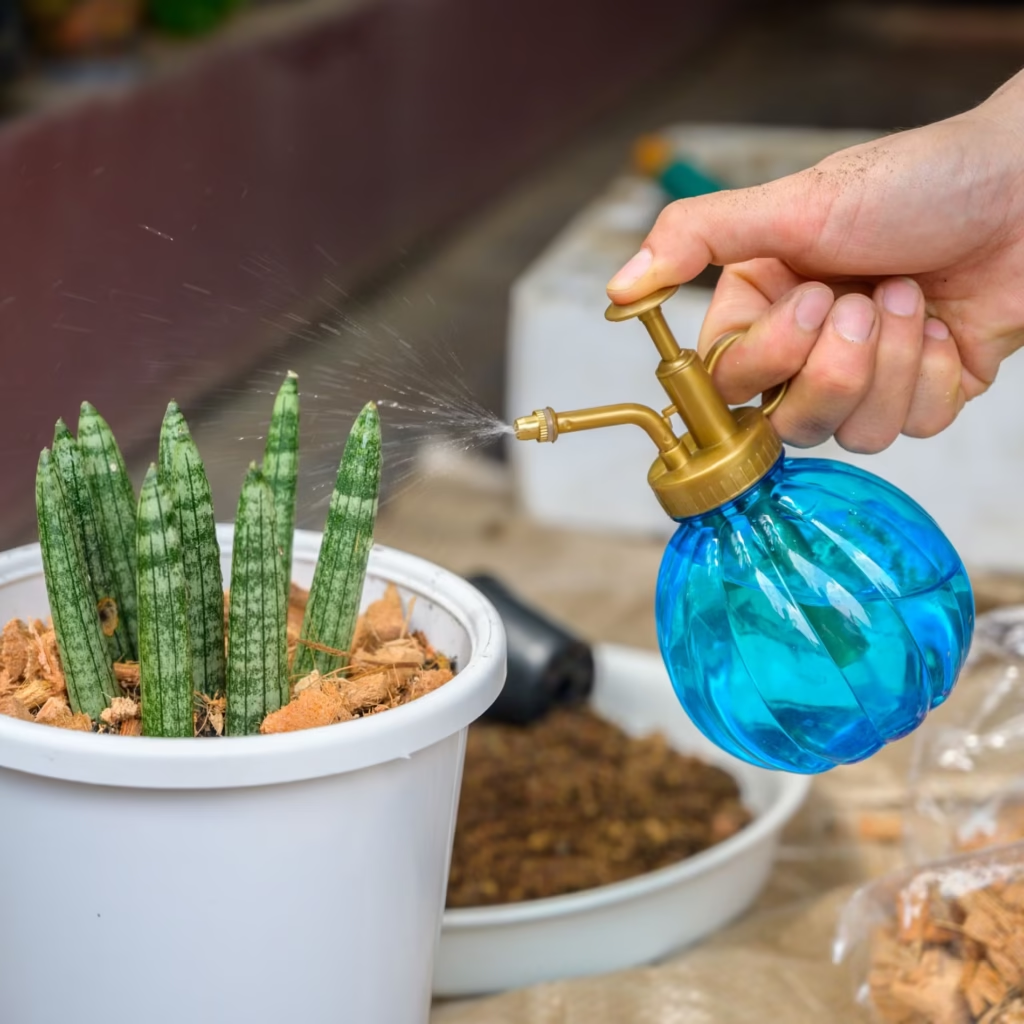
Native to West Africa, snake plants have adapted to survive in arid and semi-arid environments, making them extremely drought-tolerant. Their thick, succulent leaves store water, allowing them to thrive even under periods of neglect. However, this adaptability can also make it challenging to gauge their exact watering needs. Overwatering, more than underwatering, poses the greatest threat to snake plants, often leading to root rot and plant death.
Benefits of Snake Plants:
- Air Purification: They filter toxins such as formaldehyde, xylene, and toluene from indoor air.
- Low Maintenance: Thrives with minimal attention, making them ideal for busy lifestyles.
- Aesthetic Appeal: Their upright, structural leaves complement modern and traditional interiors.
- Stress Reduction: Indoor greenery has been shown to reduce stress and boost productivity.
Understanding Snake Plant Water Requirements
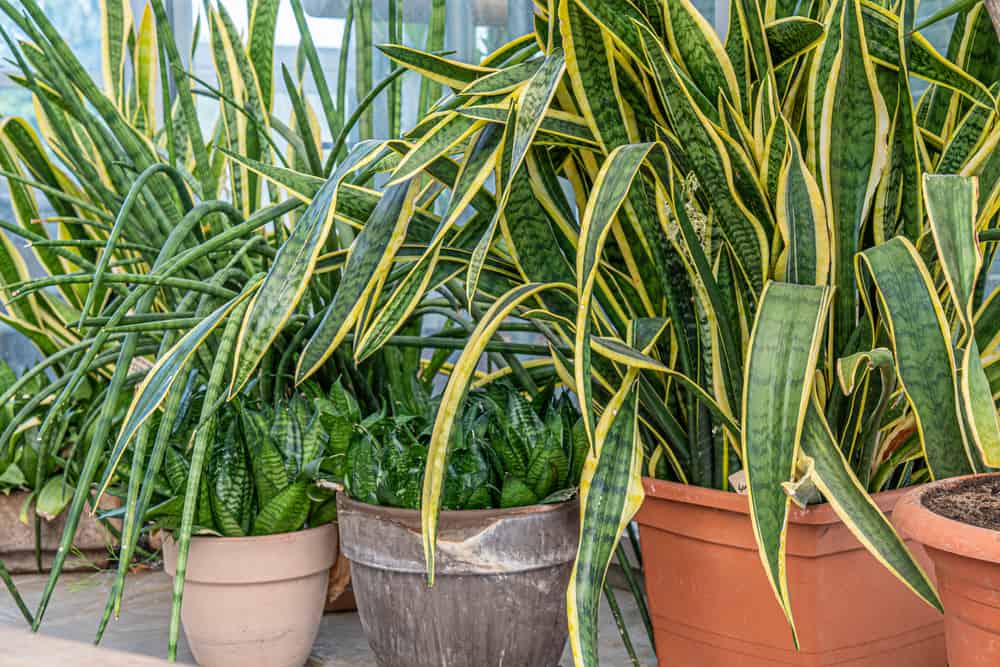
Snake plants prefer infrequent but deep watering. Watering frequency depends on several factors:
- Soil Type:
- Well-draining soil is essential. A mix of cactus or succulent soil with sand or perlite prevents waterlogging.
- Heavy, compact soils retain moisture longer, increasing the risk of overwatering.
- Pot Type:
- Pots with drainage holes allow excess water to escape, reducing root rot risk.
- Non-draining pots require careful attention to water amounts.
- Environmental Conditions:
- Low light and cooler temperatures reduce water needs.
- Hot, dry environments increase evaporation and water demand.
- Plant Size and Age:
- Mature plants with extensive roots require slightly more water than young seedlings.
- Smaller plants dry out faster and need closer monitoring.
Signs Your Snake Plant Needs Water
Unlike many tropical houseplants, snake plants show subtle signs when they need hydration. Observing these cues can prevent both over- and under-watering.
- Soil Texture and Moisture:
- The most reliable indicator is checking the soil. Insert your finger 1–2 inches into the soil. If it feels dry at this depth, it is time to water.
- Avoid watering if soil is still moist to prevent root rot.
- Leaf Appearance:
- Slight curling or wrinkling of leaves indicates dehydration.
- Leaves may develop dry, brown tips if water is insufficient.
- Slower Growth:
- While snake plants grow slowly, prolonged dry conditions may stunt growth and reduce leaf development.
- Leaf Softness:
- Dehydrated leaves may feel soft or less rigid than usual.
Signs of Overwatering
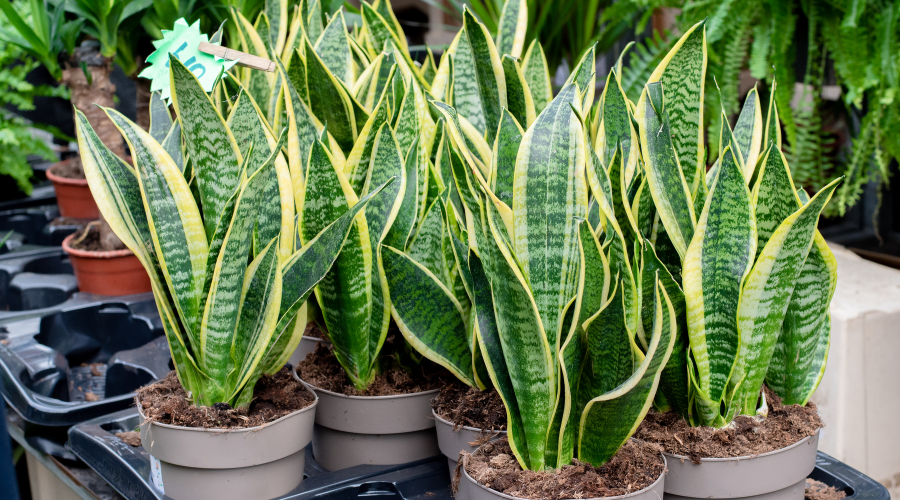
Overwatering is the most common mistake with snake plants, often resulting in root rot and fungal infections. Key indicators include:
- Yellowing Leaves: Lower leaves turning yellow are a classic sign of excess water.
- Mushy or Soggy Roots: Roots appear dark, soft, and decayed.
- Foul Odor: Excess water can cause soil to develop a musty or rotten smell.
- Leaf Dropping: Leaves may fall even if they appear healthy above soil level.
Watering Frequency and Guidelines
While snake plants are drought-tolerant, consistent care ensures optimal health:
- Indoor Conditions:
- Water every 2–6 weeks depending on light, humidity, and temperature.
- In low light or cooler rooms, reduce watering frequency.
- Summer and Active Growth:
- During warmer months, water every 2–3 weeks or when soil is dry.
- Deep watering encourages healthy root development.
- Winter and Dormancy:
- Watering should be reduced to once every 4–6 weeks.
- The plant’s growth slows, and excess moisture can cause rot.
- Amount of Water:
- Water enough to moisten the soil without saturating it.
- Ensure water drains completely from the bottom of the pot.
Techniques to Ensure Proper Hydration
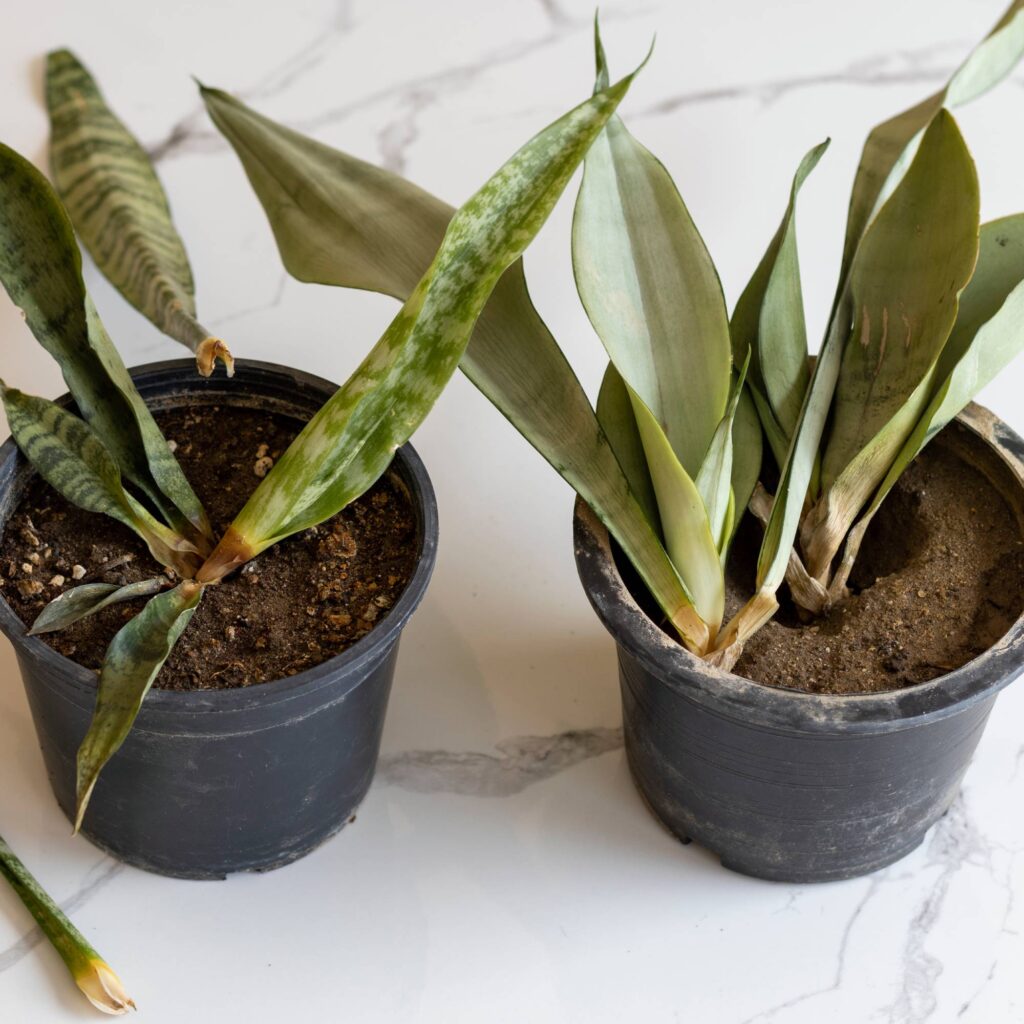
- Bottom Watering:
- Place the pot in a shallow tray of water, allowing the roots to absorb moisture gradually.
- Reduces the risk of overwatering and ensures even hydration.
- Use of Moisture Meters:
- Particularly useful in offices or rooms with inconsistent conditions.
- Provides accurate soil moisture readings to avoid guesswork.
- Avoid Misting:
- Unlike some tropical plants, snake plants store water in their leaves and do not require misting.
- Mulching:
- A thin layer of decorative stones or gravel helps maintain soil moisture levels and reduces evaporation.
Tips for Maintaining Healthy Snake Plants
- Choose the Right Pot: Ensure adequate drainage and avoid pots that retain water.
- Adjust for Light: More water may be needed in bright areas; reduce watering in low light.
- Rotate the Plant: Periodically rotate the pot for uniform leaf growth and moisture absorption.
- Monitor for Pests: Overwatered plants are more susceptible to mealybugs and fungal infections.
- Avoid Fertilizing During Dormancy: Water sparingly in winter; fertilization should be minimal.
Benefits of Proper Watering Practices
- Vibrant, Upright Leaves: Well-watered plants retain their structural form and glossy appearance.
- Prevention of Root Rot: Proper watering minimizes the risk of fungal infections.
- Enhanced Air Purification: Hydrated plants are more effective at filtering indoor toxins.
- Long-Term Survival: Consistent care ensures the snake plant remains a long-lasting indoor companion.
- Stress-Free Maintenance: Once established, proper watering reduces the need for constant attention.
Common Mistakes to Avoid
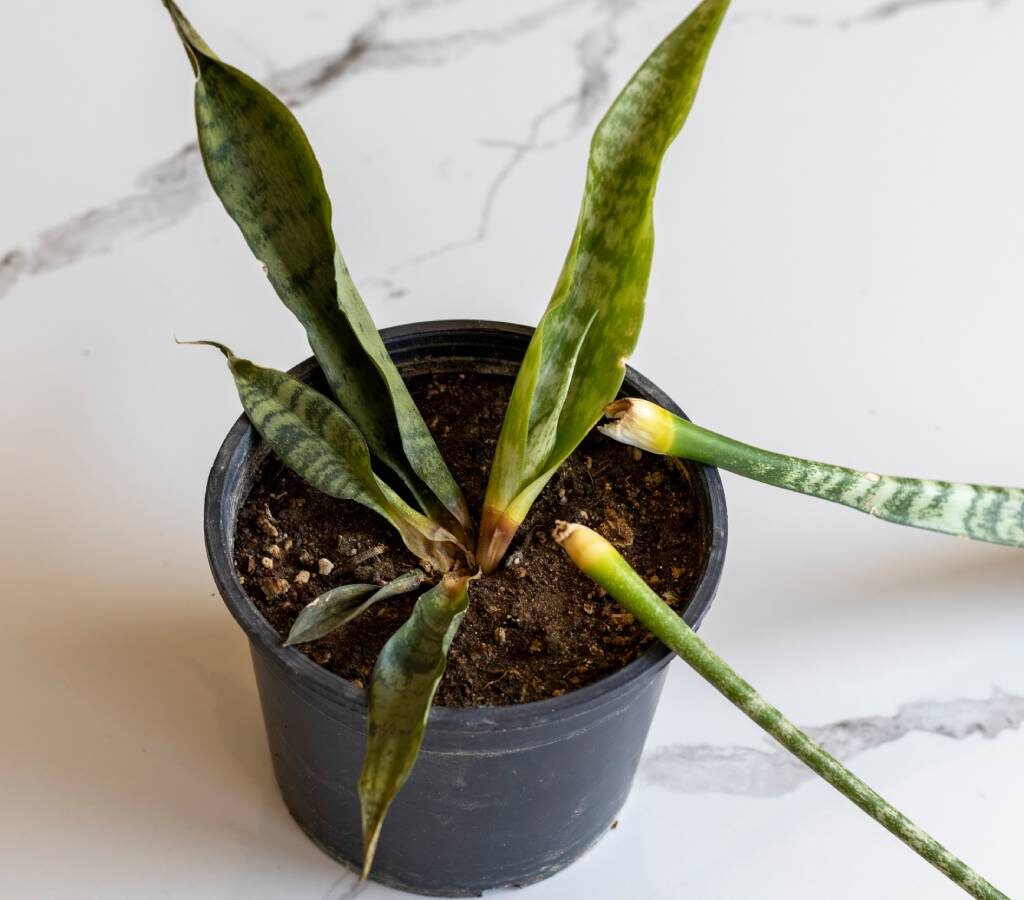
- Overwatering: The leading cause of snake plant decline; always check soil before watering.
- Underwatering: While hardy, prolonged neglect can cause leaf wrinkling and stunted growth.
- Using Non-Draining Pots: Leads to water accumulation and root rot.
- Ignoring Seasonal Changes: Water needs vary between summer and winter.
- Relying on Appearance Alone: Soil moisture checks are more reliable than leaf appearance in early stages.
Conclusion
Snake plants are forgiving and resilient, but their survival and growth depend heavily on correct watering practices. The key is to recognize signs of dehydration, avoid overwatering, and follow a schedule tailored to the plant’s environment, pot, and season. Regular soil checks, appropriate watering frequency, and proper pot selection prevent common pitfalls and promote healthy, long-lasting plants.
In summary: water only when the soil is dry 1–2 inches deep, adjust frequency based on environmental conditions, avoid waterlogging, and your snake plant will thrive. With attentive care, your snake plant will not only survive but flourish, enhancing your indoor space with its striking form and air-purifying benefits.
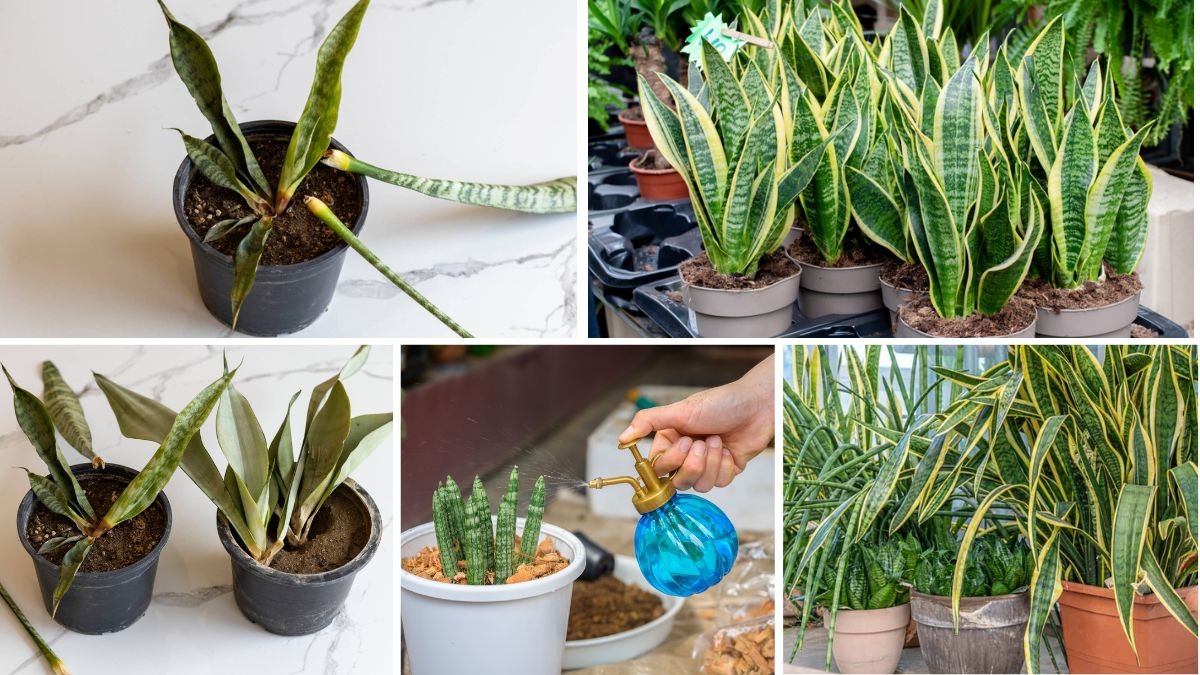



Leave A Comment